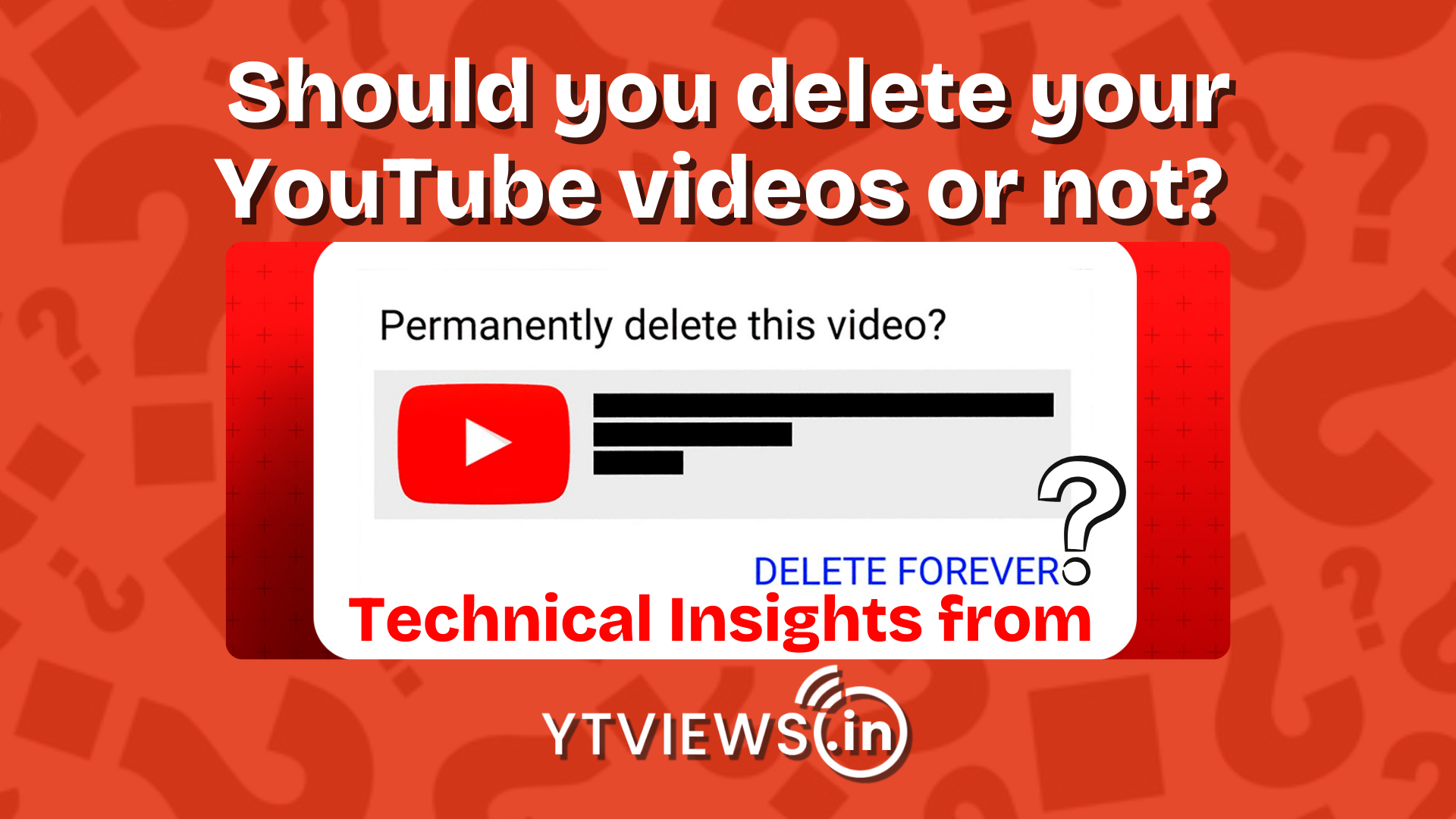YOUTUBE SEO TOOLS: everything you need to know
YouTube SEO is the practice of optimising your YouTube videos and channel in order to improve your YouTube rankings. Search engines, such as YouTube, use a complex algorithm to decide how your content will perform in their search results. Increasing critical KPIs like follower count, brand visibility, website visits, and income can all be aided by optimising for YouTube.
The method of optimising your YouTube channel’s page, playlists, statistics, synopsis, and videos is known as YouTube SEO. You may use YouTube’s search algorithm as well as other search engines to optimise your videos. YouTube is ranked as the world’s second-largest search engine, trailing only Google, its parent firm. YouTube videos account for seven out of ten video search engine results, and the site is growing exponentially, with over 500 hours of content posted to YouTube per minute. But you need to make sure that you don’t get lost in this big ocean. But how do you do that? Don’t worry! We got you covered. We have here mentioned some strategy tips that might be useful:
Pick a catchy keyword
You must first choose the proper keyword for your clip until you can improve your YouTube SEO. Keywords frequently occur in video titles and information, and they also appear in subtitles and translations when being spoken in the audio. That’s a win-win situation for SEO.
Keywords and keyphrases should correlate to either whatever appropriately characterises your video or the words and phrases that viewers can use to hunt for content similar to yours in search results. To verify if the keyword you’re using is a valid or a decent one, do a YouTube search on it and observe how many “About results” it produces. In order to stay ahead of the curve, you should look for keyword permutations with high search traffic yet low competition. Identifying the ideal keyword is better than the alternative, but there are numerous tools available to assist you.
Add a transcript to your video
Using a transcript for your video has proven to be quite effective. This section has an alphabet limit of about five thousand, which itself is generally sufficient to accommodate a transcript for a 10-minute video with a lot of conversation. You can also include an abbreviated version with a hyperlink to the digital edition on a different web page if your translation will not really fit or you just include other crucial data in the description, such as a call-to-action. 
Use an appealing thumbnail
The accurate video thumbnail graphic can make all the difference in terms of click-through percentage. Use photographs with a 16:9 aspect ratio that are superior in quality and vibrancy. Close-ups of the face work finest. YouTubers have the option of selecting which pixel to use as the clip thumbnail. YouTube will provide you with three snapshots from which to choose, but you can even choose a shot from another part of the video or add your own picture.
Google has the ability to read your thoughts. Okay, not quite, but Google is aware of what users are looking for. When coming up with a title for your videos, make sure it’s interesting and relevant. You might be enticed to title your article with the most often searched phrase or term, but resist. Rather, in your title, respond to the user’s question, and in the description, include the keyword. We can assure you that Google is well-versed in this subject.
You can observe which videos have the greatest response and the reasons that contribute to their success by tracking these numbers over time. Remain aware of what distinguishes these films from those that don’t and eventually you might discover trends in the subject, type of video, duration, or posting schedule.











































